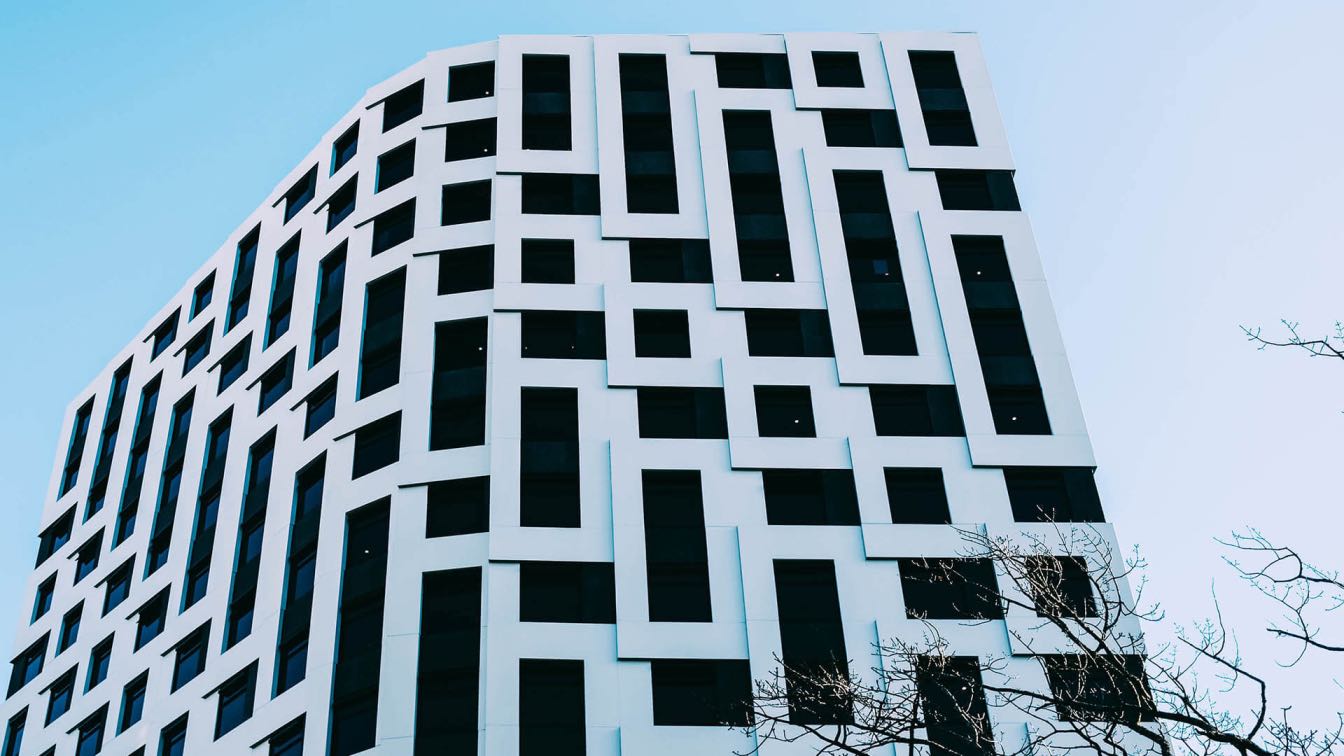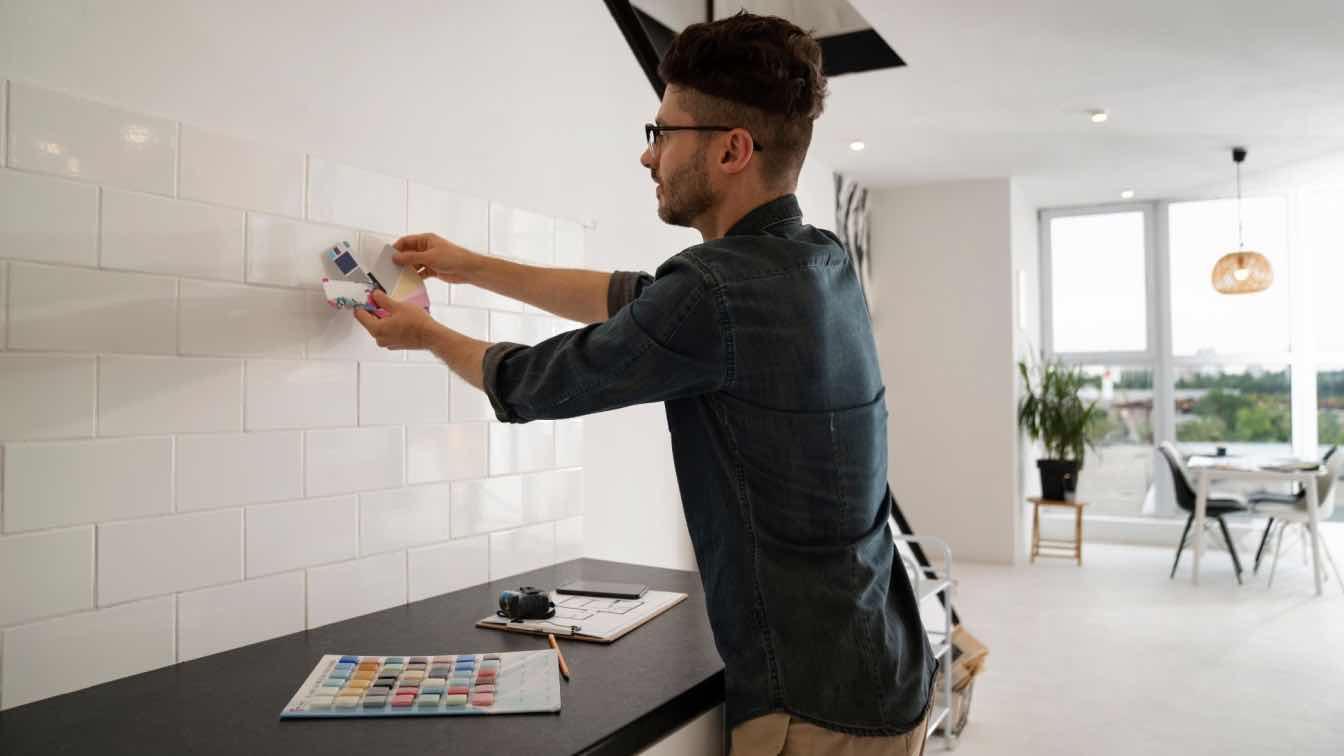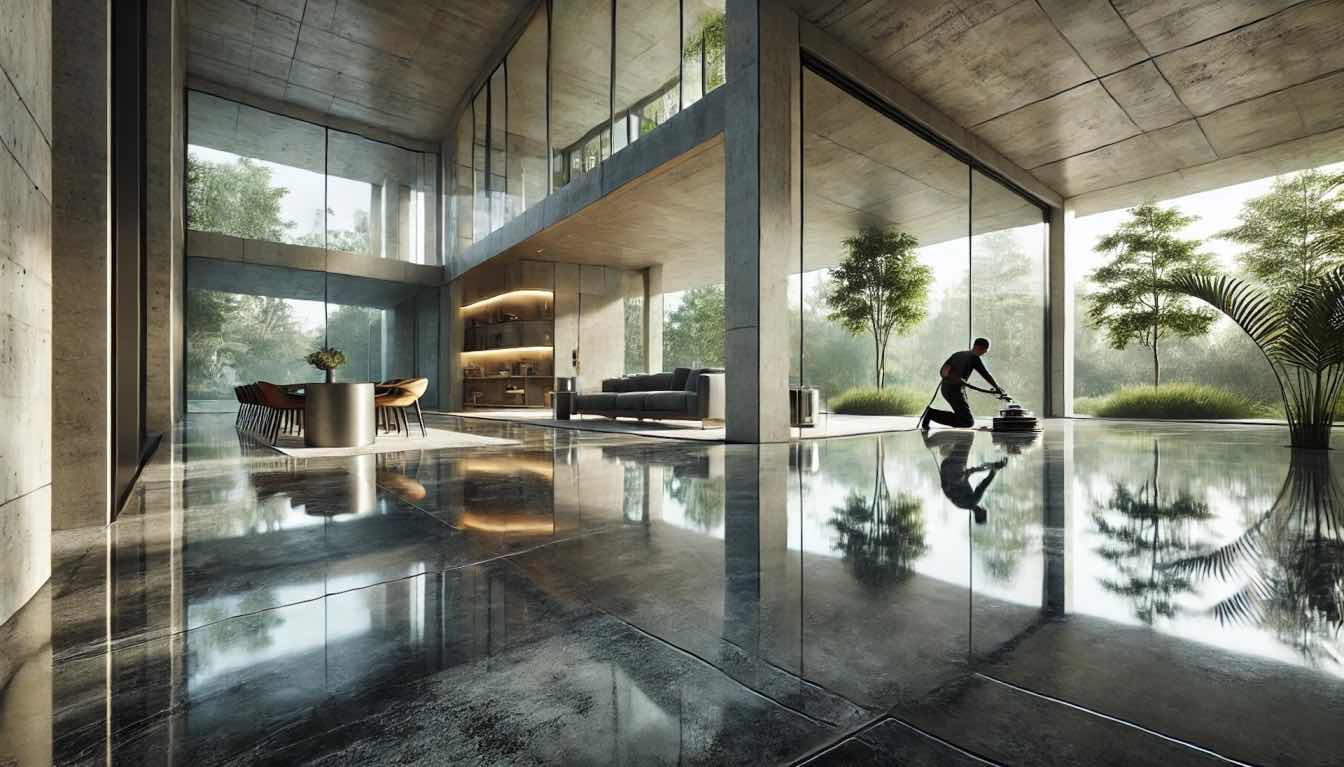Architectural lighting is shaping the future of our cities. It turns plain facades into dynamic displays, guiding us through urban spaces while enhancing their beauty. These innovations create an identity for neighborhoods and landmarks.
To understand how this all works, follow along as we discuss what makes innovative architectural lighting relevant in modern cityscapes.
The Role of Lighting in Urban Planning
Lighting determines how we interact with urban spaces, affecting mood, functionality, and movement. When implemented effectively, it does this without drawing attention to itself.
Effective lighting design can:
1. Improve walkability by ensuring streets feel inviting
2. Highlight important areas like crosswalks and transit stops
3. Reduce energy waste when strategically placed
Urban planners use lighting to connect communities. Well-lit public parks and squares encourage social gatherings. Similarly, lighting patterns guide traffic flow while creating a safer pedestrian environment.
Innovative projects also focus on integrating light seamlessly into the surroundings. Fixtures are designed to blend with architecture rather than stand out awkwardly.
Ultimately, thoughtful urban lighting serves both practical needs and aesthetic ambitions. It helps cities thrive day or night without compromising beauty or efficiency.
Sustainability Through Energy-Efficient Lighting Design
Modern cities must reduce energy use while maintaining vibrant spaces. Architectural lighting solutions now focus on sustainability without sacrificing quality.
Key approaches to sustainable urban lighting include:
1. Using energy-efficient LED technology
2. Installing motion sensors to reduce unnecessary power usage
3. Designing fixtures that minimize light pollution
This does not mean compromising on aesthetics or uniqueness. For instance, custom-made LED strips from LEDYi can illuminate structures precisely, providing brilliant, bespoke results while conserving energy. These versatile strips allow designers to create tailored solutions for various urban needs.
Additionally, sustainable designs prioritize longevity. Durable materials and efficient maintenance plans ensure less frequent replacements, saving resources over time.
Incorporating these practices allows cities to lower their carbon footprints and enhance the livability of their public spaces. Sustainable lighting bridges environmental responsibility with modern functionality, offering a smarter way forward for urban landscapes.
Smart Technology's Impact on Architectural Illumination
Technology has revolutionized how lighting integrates into urban spaces. Smart systems now adapt to real-time conditions, improving both functionality and efficiency.
Features of smart architectural lighting include:
1. Automated dimming based on natural light levels
2. Color changes that reflect the time of day or seasonal events
3. Motion-sensitive controls for energy conservation
These systems connect to central hubs, allowing cities to monitor and manage lighting remotely. This improves responsiveness during emergencies or large-scale events.
Interactive designs also directly engage the public. For example, touch-sensitive installations or apps let users control certain light displays.
Smart technology makes illumination dynamic and resourceful. Cities benefit from reduced energy costs while fostering innovation in public space design. As this technology becomes more accessible, urban areas evolve with greater creativity and purpose-built right into their foundations.
Artistic Expressions in Cityscapes Using Light Installations
Light has become a medium for creative expression, transforming urban areas into interactive art galleries. Designers use lighting to craft unique experiences that blend aesthetics with public engagement.
Examples of artistic lighting in cityscapes include:
1. Large-scale projections onto buildings or landmarks
2. Interactive installations that change based on movement or sound
3. Sculptural designs illuminated by dynamic color patterns
These creations go beyond function and inspire curiosity while fostering community interaction. They turn everyday spaces into destinations, attracting residents and tourists alike.
Cities also use these displays to celebrate local culture or commemorate events. Artistic lighting adds meaning to public areas, making them memorable and culturally rich.
Revitalizing Historic Landmarks with Modern Lighting Solutions
Lighting brings historic landmarks to life, emphasizing their beauty while preserving their significance. By carefully designing illumination, cities showcase these structures without overshadowing their heritage.
Successful revitalizations often feature:
1. Subtle LED installations that highlight architectural details
2. Color changes for holidays or special events
3. Projection mapping to tell the stories of the sites
The Eiffel Tower in Paris demonstrates how lighting can transform a landmark into a dynamic attraction. Its nightly light shows enhance its iconic stature without altering its original design, and recently, it has used 20,000 energy-efficient bulbs in place of older incandescent variants. Similarly, Prague Castle uses warm-toned LEDs to illuminate centuries-old walls and spires while retaining its historical charm.
In short, combining respect for history with modern technology allows lighting to revitalize landmarks in ways that connect tradition with innovation.
Wrapping Up
Innovative architectural lighting transforms urban spaces, blending sustainability, functionality, and creativity. From revitalized landmarks to interactive art displays, it enriches cityscapes while meeting modern demands.
Thoughtful designs create more engaging environments, making cities livable and memorable for everyone who experiences them. The future of urban lighting is both bright and inspiring.





